When life doesn’t give you expensive tuna, build a tuna fishing vessel plastic model instead
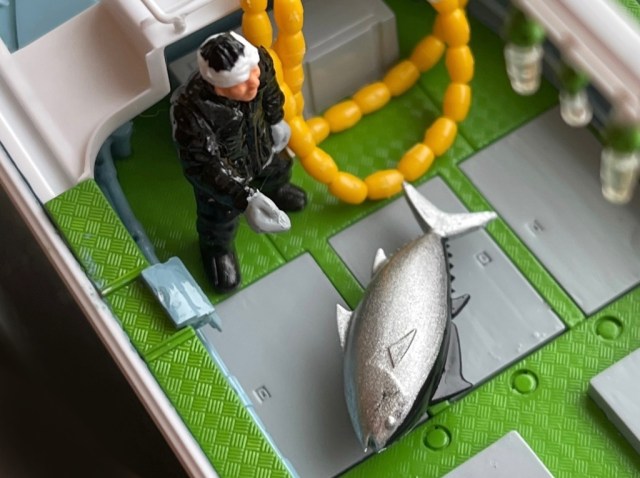
We wanted to eat fresh-from-the-boat tuna but couldn’t, so we did the next most logical thing and built a realistic tuna fishing boat instead.
Our Japanese-language reporter Saya Togashi loves tuna…and we mean she really loves it. It’s long been one of Saya’s dreams to purchase an entire high-quality, freshy caught tuna at a fish market option, but sadly that’s a luxury that’s a bit out of her price range.
So instead Saya has to settle for buying sliced sashimi at the supermarket, but she can turn her longing into something productive with her latest venture into the world of food-related models by building this kit of a Japanese tuna fishing boat.
▼ Introducing the 31st Ryofukumaru (3,960 yen [US$35.65])
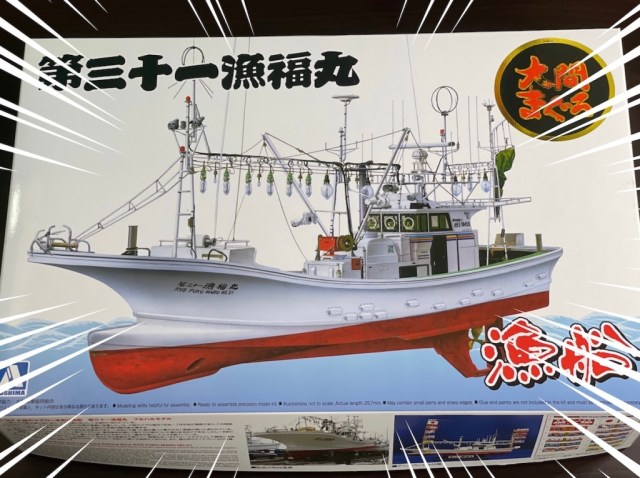
Japanese model manufacturer Aoshima actually offers two versions of a tuna fishing vessel in this particular series as well as one squid fishing vessel, all paying homage to an invaluable kind of boat that makes an important livelihood possible.
In the past, Saya has built countless plastic models that required no painting or adhesion. She decided to challenge herself this time with this slightly more difficult kit. After seeing the individual number of colored parts, however, she balked a bit. It was hard to keep track of all of the colors in her mind so she circled reminders for herself directly on the manual pages.
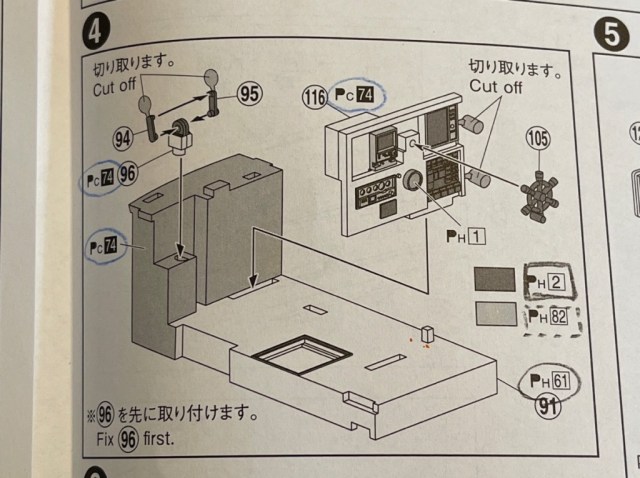
She carefully blocked off certain sections with masking tape and got right to the painting, making sure to color the smaller parts before removing them from their trappings.
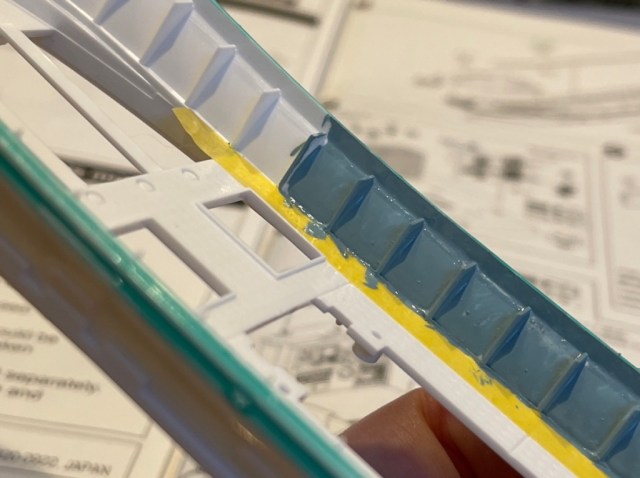
Some of the tiniest parts, however, were impossible to do accurately with a paint brush, so she turned to a marker for the minute details. The masking tape > painting > drying cycle went on and on several times. She didn’t think that it would be an exaggeration to say that nine-tenths of the assembly process was spent laying down masking tape.
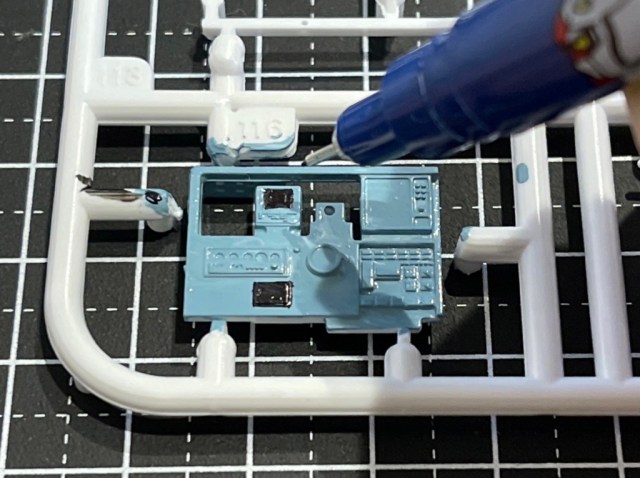
For example, tape was definitely necessary to accurately paint inside narrow crevices like this.
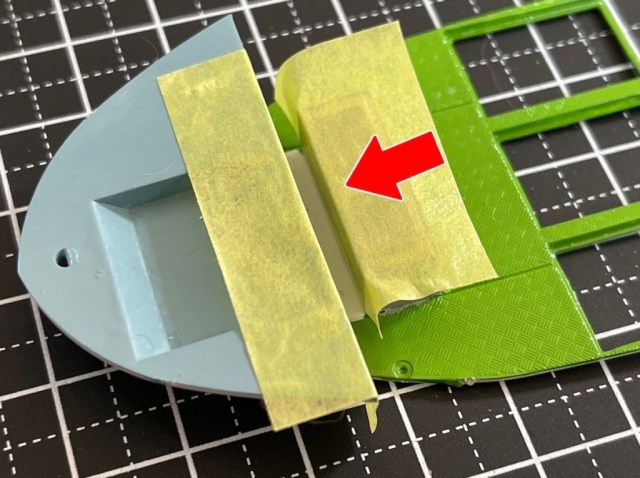
She was somewhat miffed to realize that some of the tiny spaces she had painstakingly painted weren’t even visible from a birds-eye view.
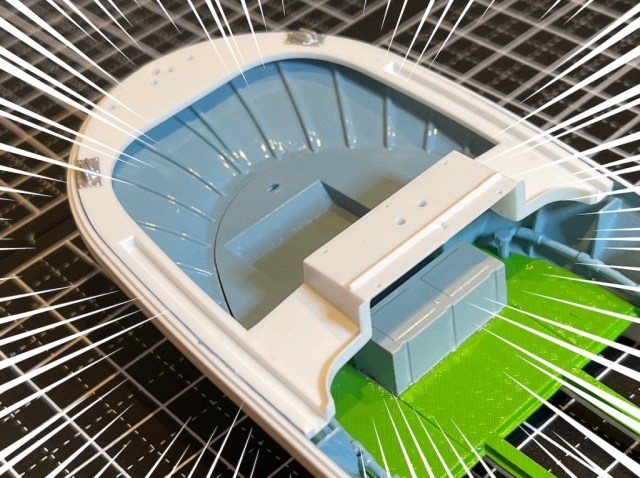
Moving on, Saya was excited to get started on the process of attaching everything together and seeing the boat take shape right before her eyes.

Oh no! She accidentally broke a piece!
This was definitely the trickiest model she had ever assembled. Unlike many of the “snap-in-place” models she’d done previously, she was running into a lot of trouble fitting these pieces together. The highly viscous paint was also causing problems for her, like how she didn’t realize that the adhesive would make the paint melt off in some places.
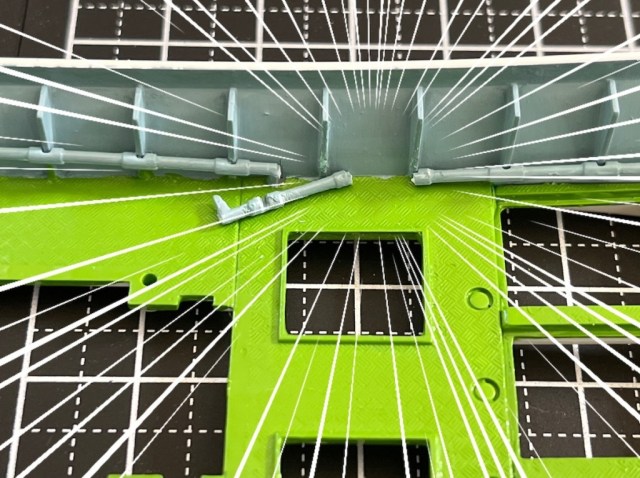
However, the allure of the final product kept her going. She was impressed by some of the tiny details, including a miniature kamidana (household shrine) attached to the wall. She supposed that fixture is standard in boats which often have to face the rough seas.

She was somewhat saddened to begin working on the roof because the interior of the wheelhouse would no longer be easy to view. It almost felt like a waste of effort trying to make every little detail inside perfect.

The coloring, cutting, and assembling of tiny parts, some fewer than two millimeters (0.08 inches), continued for a while.
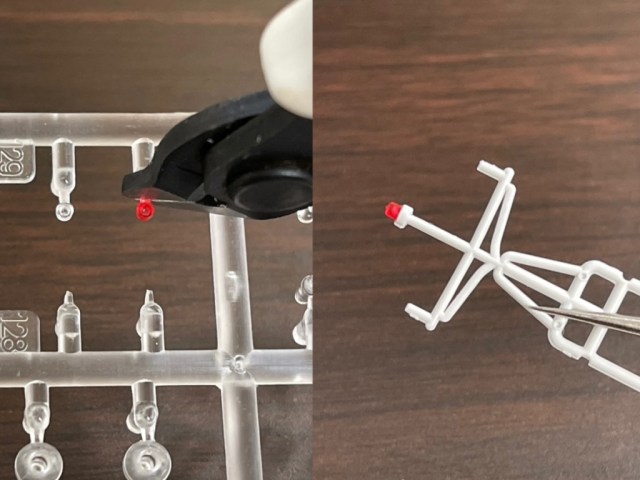
She somehow managed to attach all of the translucent lights despite the unsteadiness of her hands. The process was a pain, but the lights did look really cool. Still, she was thankful that she hadn’t gone with the squid fishing boat model, since those vessels use an even larger array of lights to attract the creatures.
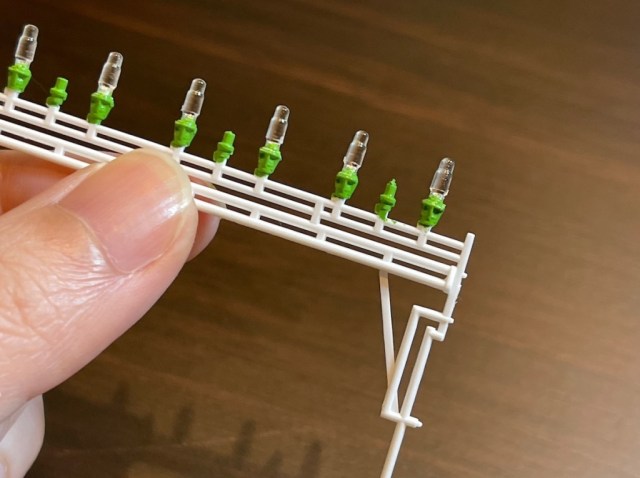
It was kind of fun to paint the small fisherman…
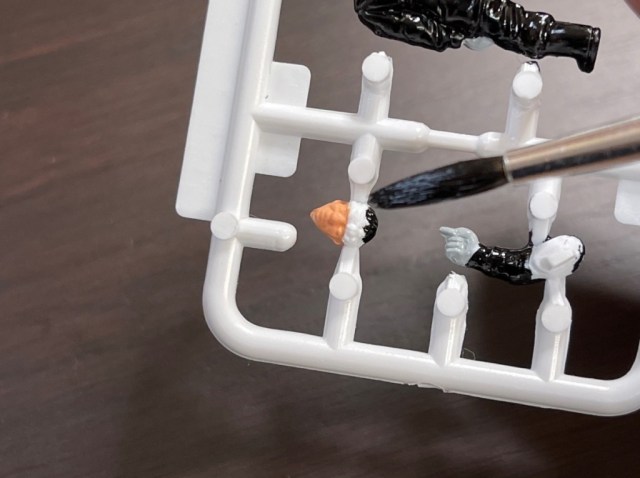
…and satisfying to finally paint a tuna, though she did feel that her paint job was off somehow.
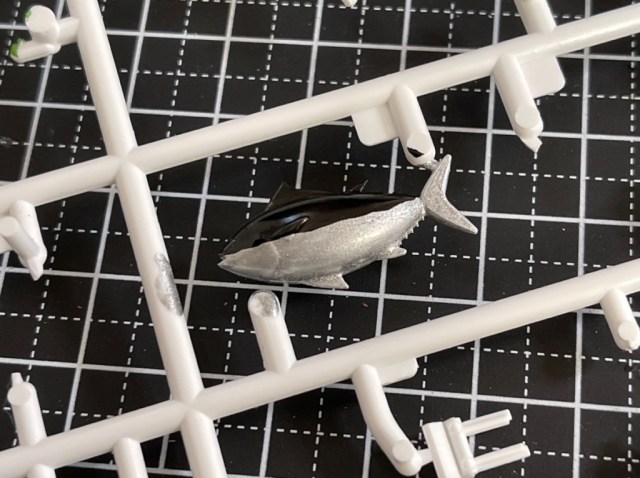
Oops! She realized that the black stripe should only cover the top of the tuna’s back area. Oh well, this one would just have to be a rare tuna…
▼ Saya’s “rare tuna” (left) vs. actual tuna coloring (right)

Finally, at the very end, it was time to assemble the fisherman’s big-catch banners using thin paper and decals. Traditionally, Japanese fishing boats fly these as they’re coming back into port to let the dock workers know there’s a big haul coming in and they’ll need everyone’s help to get the fish off the ship, and making the flags gave Saya a sense of the fun excitement too.
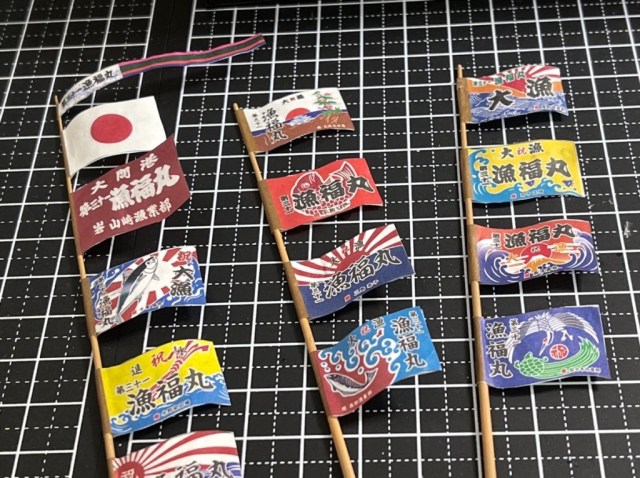
By the way, while in her brain she knew that she had to stick the moistened decal on the spot where she wanted it, she slipped up when it came to affixing the Ryofukumaru’s name on the back.
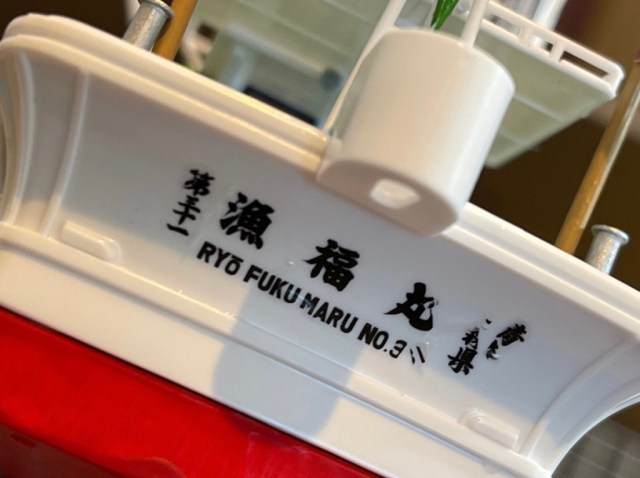
Again, oopsies. The hull part didn’t go so smoothly, either.
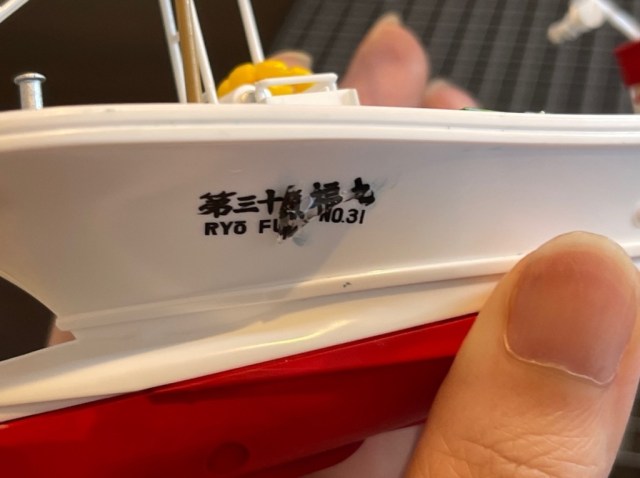
Nevertheless, she eventually completed everything. The paint job was uneven, some parts were broken, and the decals were messed up, but it was unquestionably her Ryofukumaru model.
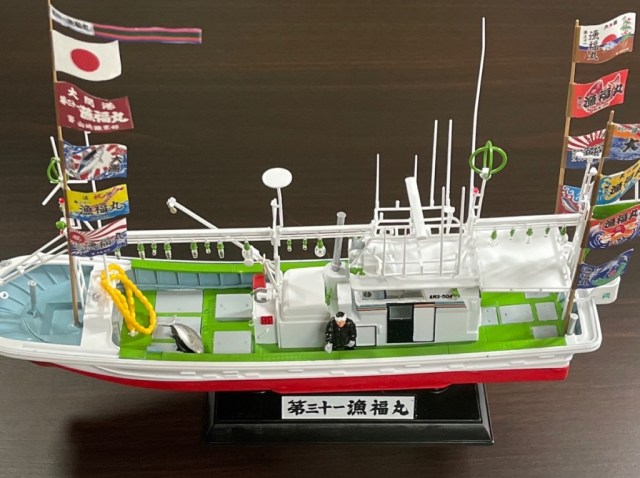
Fully assembled, it was 1/64th the scale of a real boat with a length of about 257 millimeters (10.1 inches) and 329 individual parts.

Every aspect of this vessel was designed to provide the best tools for catching tuna.
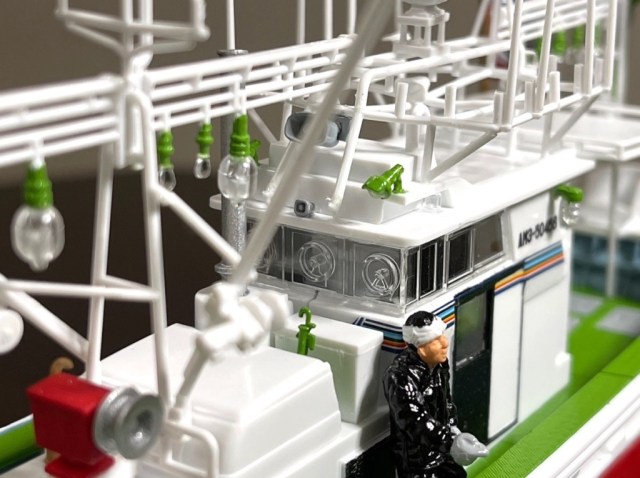
For some trivia, the fisherman was apparently modeled after a real-life “tuna fishing god,” one Mr. Kura Yamazaki, from Aomori Prefecture.
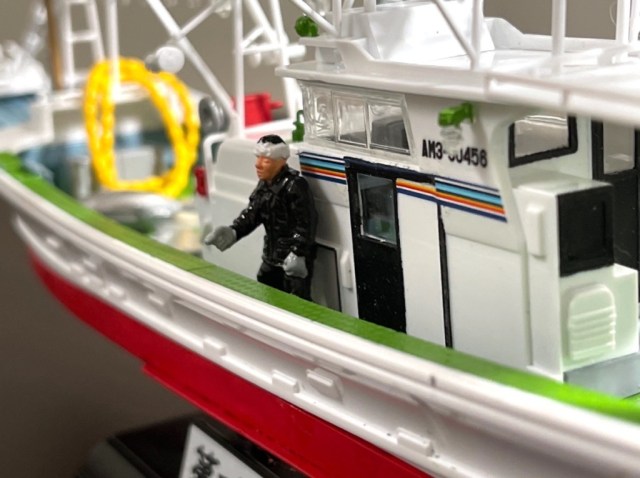
While Saya is prone to mull over all of the things she’s done poorly, her sense of accomplishment was also out in full force this time.
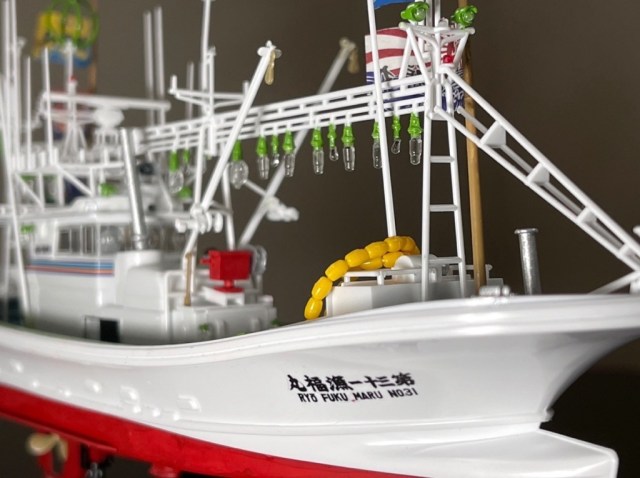
Saya had continuously told herself while assembling the model that she would never make one like it again. Now that it was finished, however, she couldn’t wait to get her hands on a new one. If not the squid fishing vessel, maybe she’ll spring for this 366-piece sushi plastic model kit instead.
Reference: Aoshima
All images © SoraNews24
● Want to hear about SoraNews24’s latest articles as soon as they’re published? Follow us on Facebook and Twitter!
Credit:

0 comments: